Learning to count printables offer a powerful, versatile tool for developing early numeracy skills in young children. These carefully designed resources transform abstract numerical concepts into engaging visual and tactile experiences that build the critical foundation for all future mathematical learning. Unlike digital alternatives, physical learning to count printables provide a multisensory approach that strengthens fine motor skills while reinforcing number recognition, sequence, and quantity relationships. For parents and educators seeking to support emerging mathematical thinkers, these printable resources offer convenience, customization options, and exceptional value. Whether used during dedicated learning time, as independent activities, or incorporated into playful moments throughout the day, learning to count printables create meaningful opportunities for children to interact with numbers in ways that align with their developmental needs and personal interests. The accessibility and adaptability of these resources make them an essential component of any early childhood educational toolkit.
Why Learning to Count Printables Are Essential for Early Development
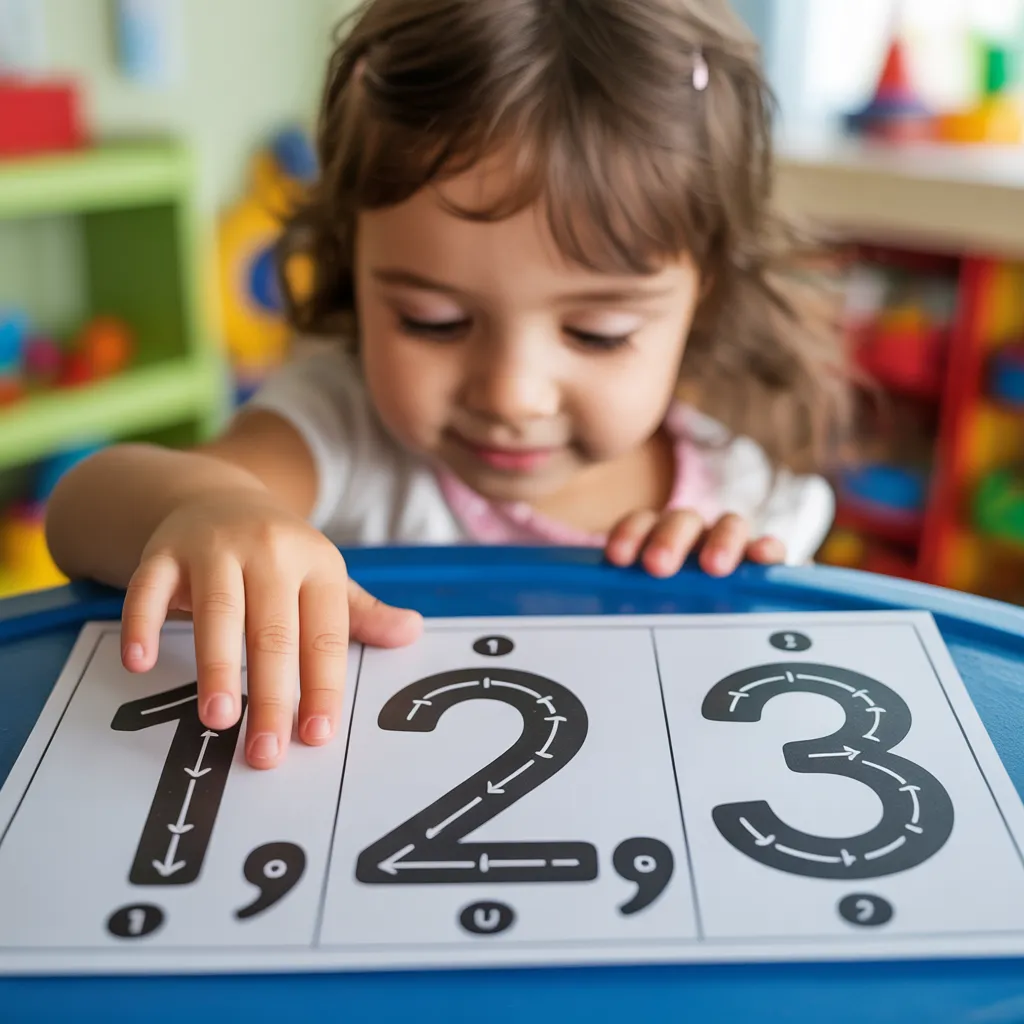
Learning to count printables do far more than teach children to recite numbers in order—they develop crucial mathematical foundations through visual and tactile engagement. When children interact with these carefully structured materials, they develop:
- One-to-one correspondence: Understanding that each object corresponds to exactly one number
- Cardinality: Recognizing that the final number represents the total quantity
- Number recognition: Identifying written numerals and connecting them with quantities
- Sequencing skills: Learning the proper order of numbers
- Visual discrimination: Distinguishing between similar-looking numerals
- Fine motor development: Strengthening hand muscles through coloring, cutting, and manipulating
The Research-Backed Benefits of Learning to Count Printables
Educational research consistently demonstrates that physical resources like learning to count printables offer distinct advantages over purely digital learning experiences for young children:
- Multisensory engagement: When children color, cut, or manipulate printables, they create stronger neural connections than through passive observation.
- Reduced screen time: Physical printables provide quality learning experiences without adding to daily screen exposure.
- Independent learning support: Well-designed printables allow children to practice at their own pace with decreasing levels of adult assistance.
- Assessment opportunities: Physical work with printables creates tangible evidence of a child’s understanding and progress.
- Customizable difficulty: Printables can be easily modified to match a child’s current developmental level and interests.
Types of Learning to Count Printables for Different Developmental Stages
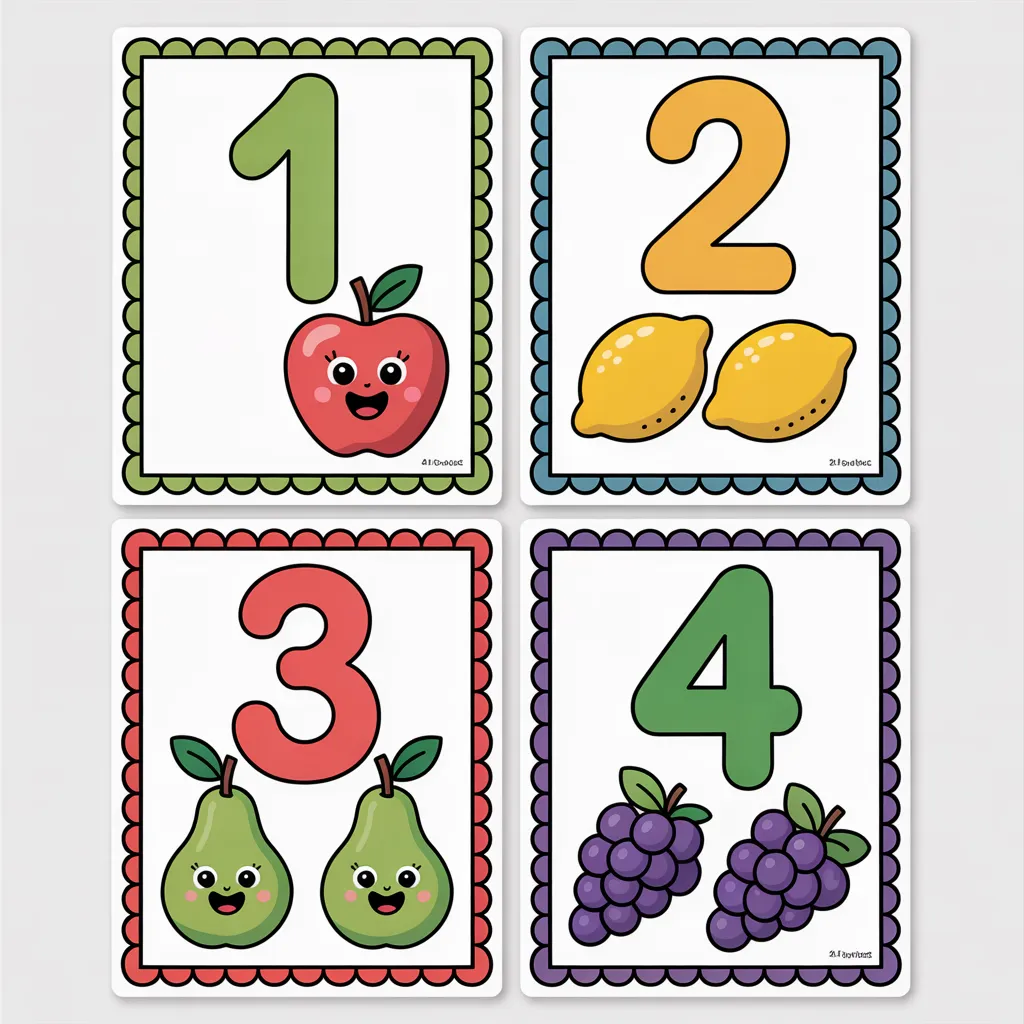
Beginners (Ages 2-3)
For children just beginning their counting journey, learning to count printables should emphasize:
- Number Tracing Pages: Large, dotted numerals with directional arrows guide proper number formation.
- Simple Counting Mats: Clear images with spaces for placing counters or stamps beside each item.
- Number Coloring Pages: Basic pictures with 1-3 items to color while practicing number names.
- Finger Counting Cards: Visual prompts showing finger positions for numbers 1-5.
- Number Matching Activities: Matching numerals with corresponding quantities of familiar objects.
These beginner-focused printables should feature:
- Large, bold numerals and images
- Limited numbers (typically 1-5)
- Familiar objects that interest young children
- Simple, uncluttered layouts
- Thick lines for easy cutting
Developing Counters (Ages 4-5)
As children become more confident with basic counting, learning to count printables can introduce:
- Count and Circle Worksheets: Identifying specific quantities among mixed groups.
- Number Writing Practice: Guided writing with starting dots and directional arrows.
- Skip Counting Puzzles: Simple puzzles highlighting patterns in counting by 2s, 5s, or 10s.
- Number Line Activities: Printable number lines with missing numbers to complete.
- Quantity Discrimination Sheets: Comparing groups to determine more/less/equal.
- Pattern Continuation Printables: Completing number patterns with increasing complexity.
Click on picture to get your PDf
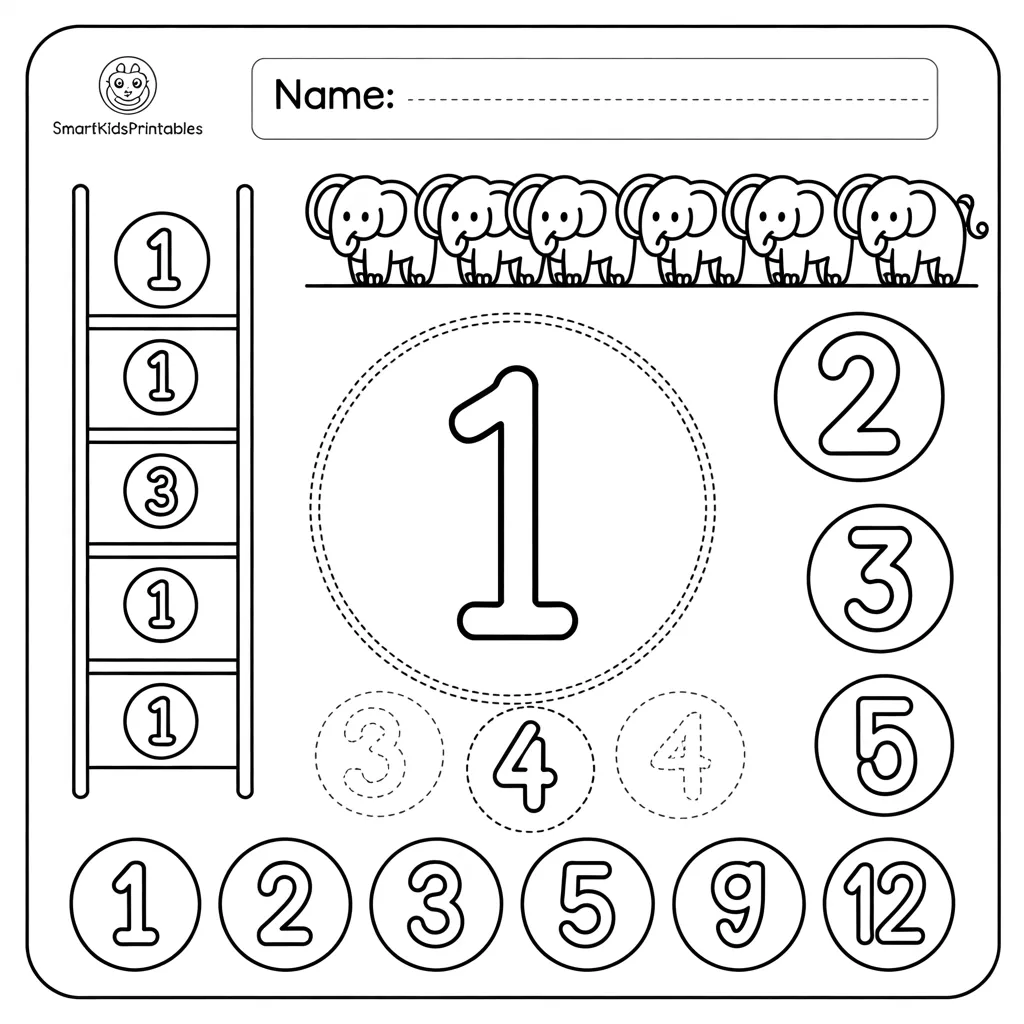
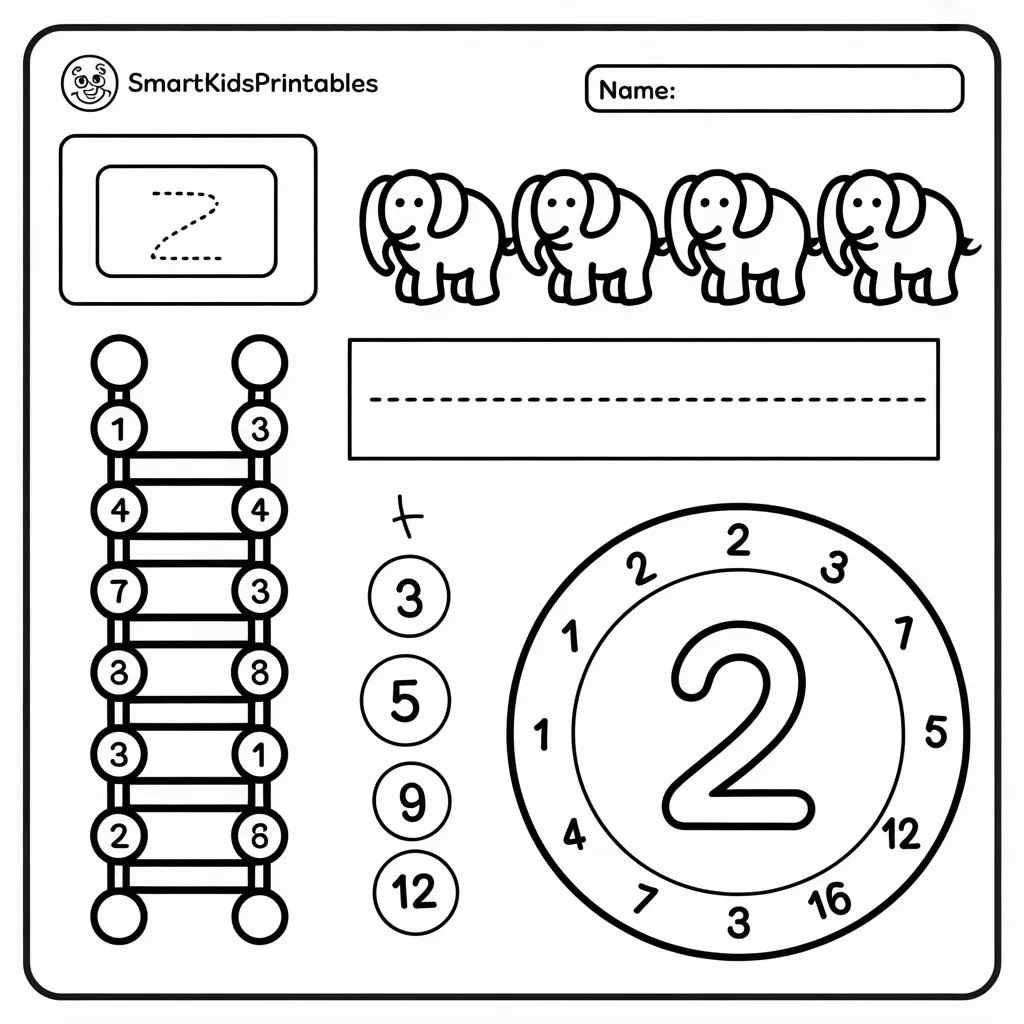
Advanced Counting Skills (Ages 5-7)
For children solidifying their counting abilities and moving toward operations, optimal learning to count printables include:
- Number Bond Worksheets: Visualizing how numbers can be composed and decomposed.
- Place Value Activities: Distinguishing between tens and ones in two-digit numbers.
- Missing Number Sequences: Filling in missing numbers in increasingly complex patterns.
- Simple Addition and Subtraction with Counting Support: Using visuals to connect counting with operations.
- Measurement Counting Activities: Combining counting with linear measurement, volume, or weight.
How to Maximize the Effectiveness of Learning to Count Printables
Preparation Strategies
To get the most value from learning to count printables:
- Laminate for Reusability: Laminating key printables allows for repeated use with dry-erase markers.
- Create Activity Folders: Organize printables by skill level or theme for easy access.
- Prepare Manipulatives: Gather counters (buttons, pom-poms, mini erasers) to use alongside counting sheets.
- Consider Binding Options: Hole-punch and bind related printables into customized workbooks.
- Schedule Regular Practice: Set aside consistent, short periods for focused counting practice.
Implementation Tips for Parents and Teachers
When using learning to count printables with children:
- Start with Demonstration: Model the activity first, thinking aloud to demonstrate the counting process.
- Incorporate Movement: Add physical actions (clapping, jumping, tapping) while counting.
- Use Natural Reinforcement: Celebrate effort and progress with specific feedback.
- Connect to Real Life: Relate the printable activities to everyday counting opportunities.
- Follow the Child’s Pace: Adjust difficulty based on the child’s comfort level and interest.
Creative Ways to Enhance Learning to Count Printables
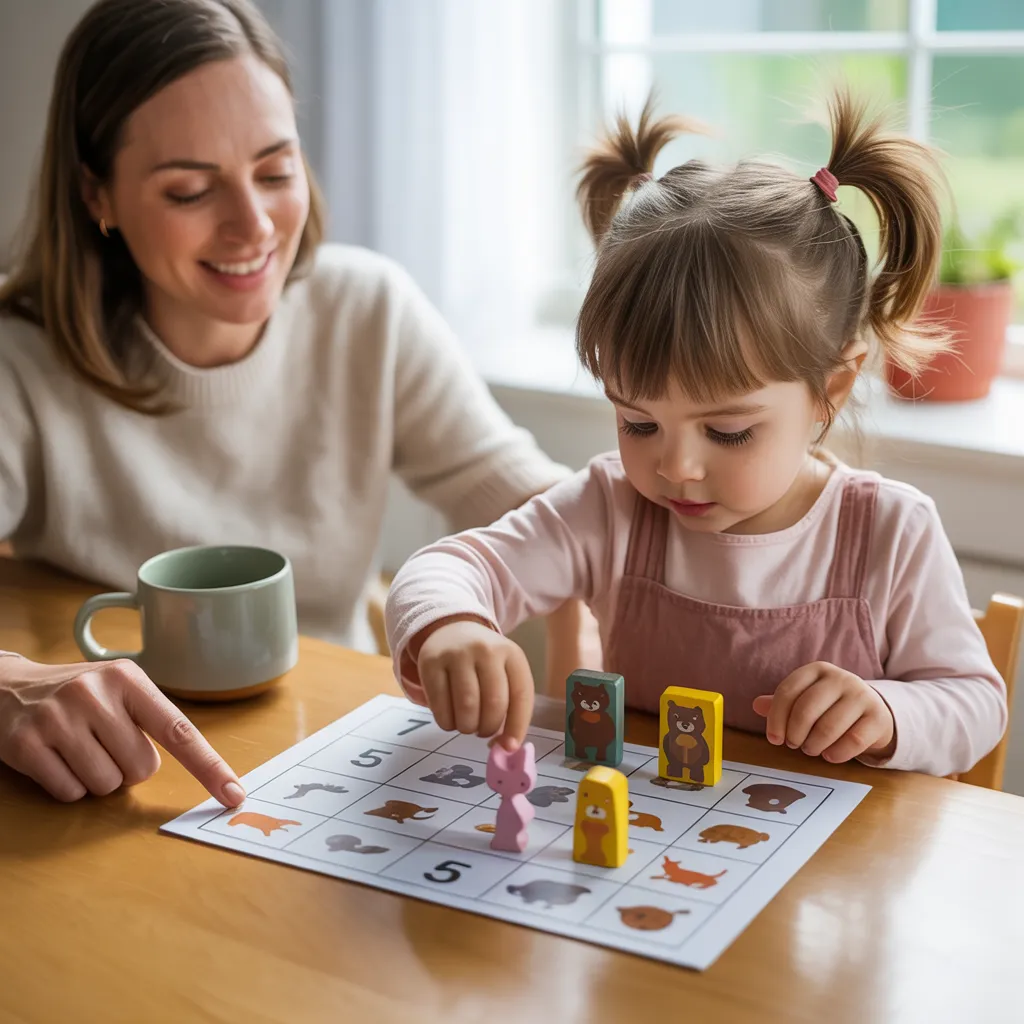
Standard printables become even more powerful with these enhancement ideas:
Multisensory Adaptations
Transform basic learning to count printables with these sensory-rich modifications:
- Textured Numbers: Add glue, sand, or fabric to create textured numerals for tactile learners.
- Scented Markers: Use scented markers to add an olfactory dimension to counting activities.
- Sound Integration: Add sound elements like clickers or bells to count alongside visual prompts.
- 3D Extensions: Convert flat printables to standing displays or fold them into simple 3D forms.
Themed Learning to Count Printable Collections
Organize counting practice around high-interest themes:
- Seasonal Counting Sets: Create themed collections around holidays or seasons.
- Favorite Character Counting: Incorporate beloved book or media characters into counting activities.
- Interest-Based Numbers: Develop custom printables featuring dinosaurs, vehicles, animals, or other high-interest subjects.
- Food-Themed Counting: Use food illustrations that connect to healthy eating discussions.
- Community Helper Counting: Integrate community roles with counting practice.
Where to Find Quality Learning to Count Printables
Free Resources
Several reliable sources offer free, high-quality learning to count printables:
- Educational Resource Websites: Platforms specifically designed for teachers often include free printable sections.
- Teacher Blogs: Many experienced educators share free printables through their professional blogs.
- Library Resource Centers: Local libraries frequently offer printable resources through their online portals.
- Educational Publisher Samples: Publishers often provide sample pages from their counting resources.
Premium Options Worth the Investment
For more comprehensive learning to count printable collections:
- Complete Curriculum Packages: Structured, sequential counting resources that build systematically.
- Interactive Printables: Advanced designs with moving parts, reveal windows, or 3D elements.
- Customizable Template Collections: Resources that allow personalization with a child’s name or interests.
Conclusion
Learning to count printables provide a versatile, effective foundation for early mathematical development. By offering concrete, engaging experiences with numbers, these resources help children develop not just counting skills, but a positive relationship with mathematics that supports lifelong learning. The key to success lies in selecting printables that match your child’s developmental stage and interests, then using them consistently in a supportive, playful environment. Whether you choose free resources or invest in premium collections, the time spent engaging with quality learning to count printables yields tremendous benefits for young learners. Begin by selecting a few printables that align with your child’s current skills, then gradually expand your collection as their abilities grow. With thoughtful implementation and regular practice, these simple resources can transform a child’s mathematical journey, building confidence and competence that extends far beyond basic counting.
30 Exciting Counting with Objects Activities That Develop Essential Number Skills
FAQ About Learning to Count Printables
Q: How do I know which learning to count printables are appropriate for my child’s developmental level? A: Look for printables that offer a slight challenge but don’t cause frustration. Your child should be able to complete at least part of the activity independently. For beginners (ages 2-3), focus on numbers 1-5 with large, simple images. Preschoolers (ages 4-5) typically work well with numbers 1-10 and more detailed tasks. Early elementary children (ages 5-7) can handle numbers to 20 or beyond with more complex activities like missing number sequences or simple operations. If you notice signs of frustration, simplify the activity or provide more support. If the child completes it quickly without challenge, move to more advanced options.
Q: How often should we use learning to count printables? A: Quality matters more than quantity. Brief, regular practice (5-15 minutes) several times per week is more effective than occasional longer sessions. Watch for signs of engagement—when a child remains interested and focused, learning is happening. When attention wanes, it’s time to conclude or switch activities. Remember that printables should complement, not replace, hands-on counting experiences with real objects and everyday mathematical conversations.
Q: Do I need special materials to use learning to count printables effectively? A: The beauty of printables is their simplicity—basic supplies like crayons, pencils, and scissors are sufficient to begin. However, enhancements like laminating sheets (or clear page protectors), dry-erase markers, dot markers, and small manipulatives (buttons, beans, mini erasers) can extend their usefulness and engagement factor. Start with what you have and gradually add materials as you discover what works best for your child’s learning style and interests.
Q: My child seems to memorize numbers by rote but doesn’t understand quantity relationships. Which printables would help? A: Focus on printables that explicitly connect numerals with quantities, such as counting mats where children place physical objects next to each number, or activities requiring children to draw the corresponding number of items. Match-counting-card activities, where children connect numerals with quantity pictures, also strengthen this understanding. Consistently use language that reinforces the connection: « You counted five blocks. The numeral 5 tells us how many blocks are in this group. »
Q: Can learning to count printables help children who are struggling with number reversals? A: Yes! Many children reverse numbers like 6/9, 2/5, or 7 during early writing development. Printables with directional arrows, starting dots, and tracing guides provide visual cues for correct formation. Multisensory approaches are particularly effective—try printables where children trace sandpaper numbers, form numerals with playdough following a template, or practice « sky writing » large numbers before using printables. Consistent, positive practice with well-designed printables significantly reduces reversals over time.
